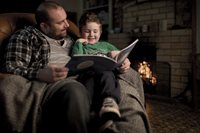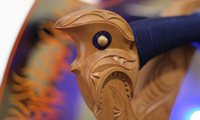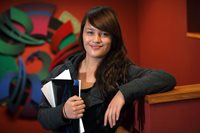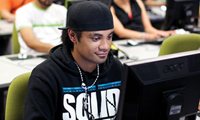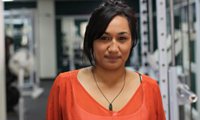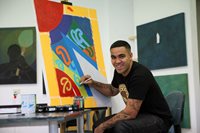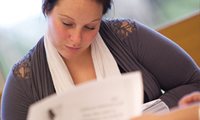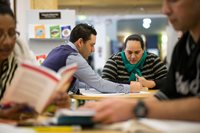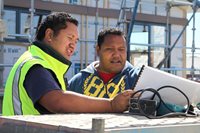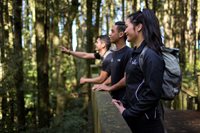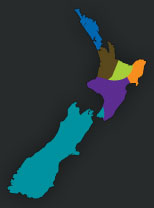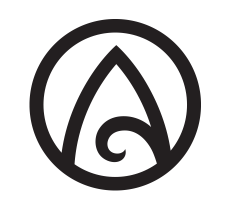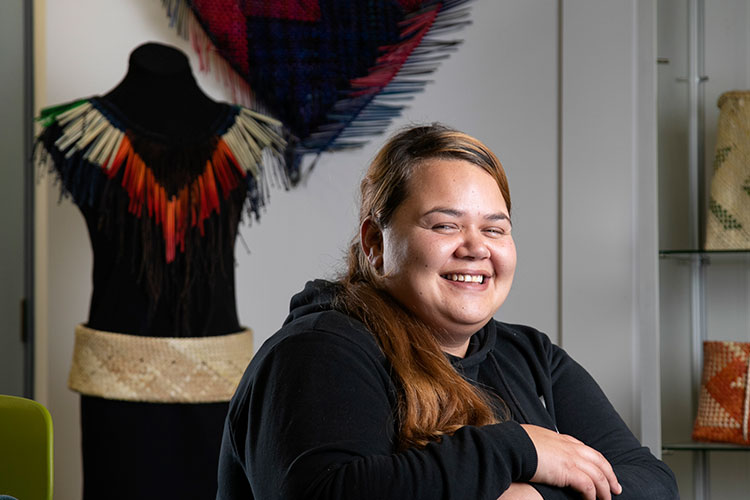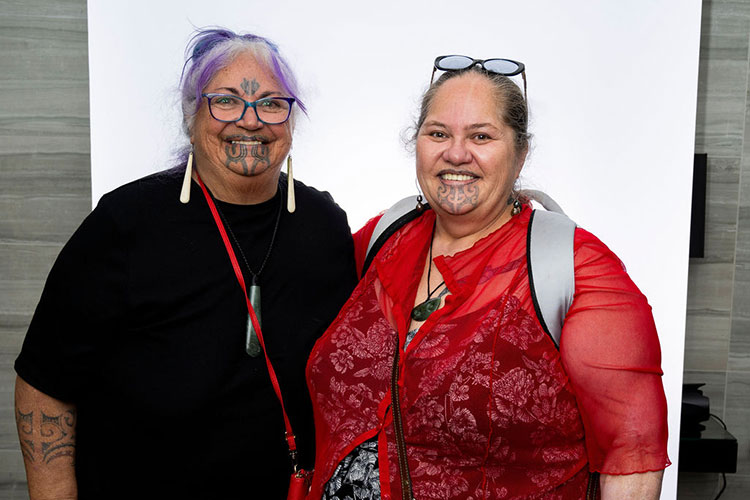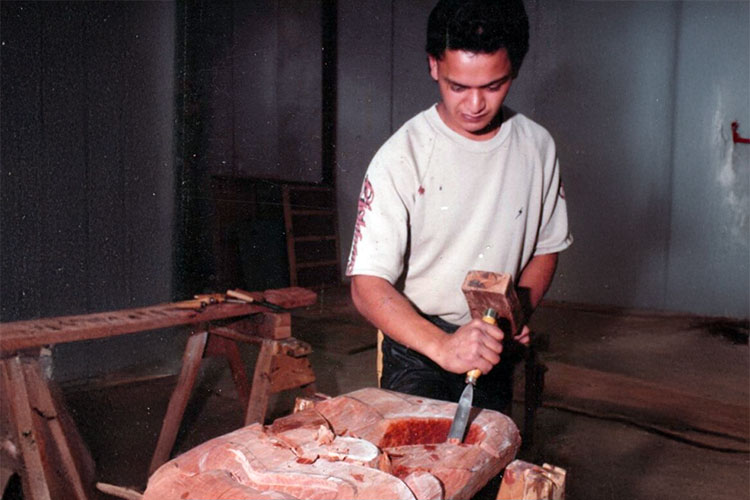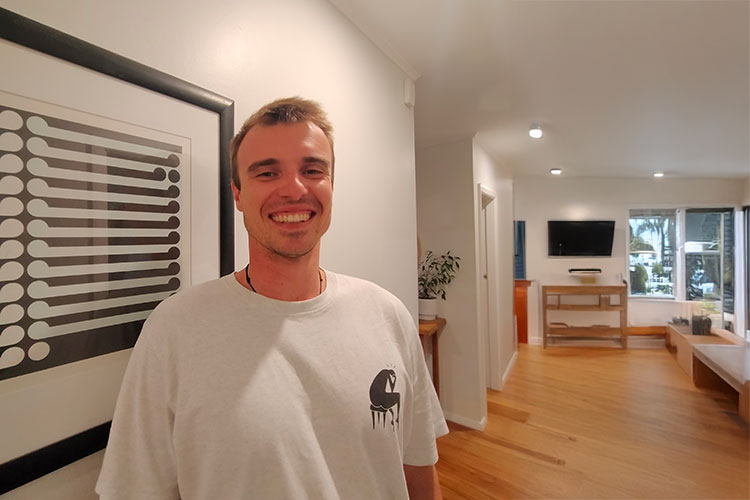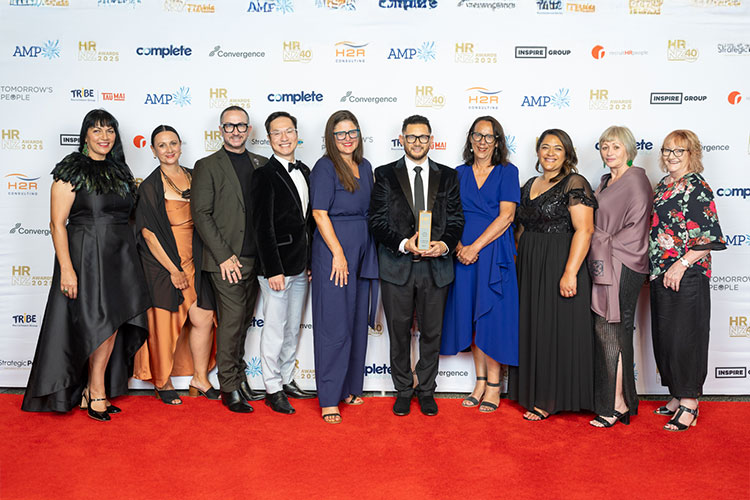Desiree Moat-Rangikataua cringes when people say the art form of raranga is “just weaving”.
“Absolutely not. It’s a part of us and who we are - it’s our culture,” says the 29-year-old mother of two of Ngāti Tuwharetoa and Ngāti Kahungunu.
“Without raranga we wouldn’t have been able to clothe ourselves, or have whāriki to sleep on or the baskets we need to carry or serve our kai in.”
“But more than that, it (raranga) actually tells a story much like our whakairo (carving) does or painting does. It purveys knowledge.”
Desiree returned to study raranga on the Kāwai Raupapa Level 4 programme at Te Wānanga o Aotearoa in Heretaunga (Hastings), having studied the art form seven years previously.
Tauira (students) on the programme learn mahi raranga, whatu, tāniko, tukutuku and working with different fibres.
They learn various toi (art) techniques and practices through a number of project-based tasks.
These projects teach them the creative processes involved to complete their work and the planning skills to manage their time.
Desiree comes from a whānau in Taupō that is steeped in kapa haka and te reo Māori but she says few know about raranga.
“It (raranga) was calling me to come back. It’s my connection to Papatūānuku (the earth mother) and I want to take this kaupapa back home to my people.”
“Not many of my people at home know how to weave or the kaupapa behind kākahu and whāriki.
“There are many variations of cloaks, I would like people to be able to tell the difference between them. Enrolling on the course has already and will continue to teach me the differences and then I can share with my people.”

